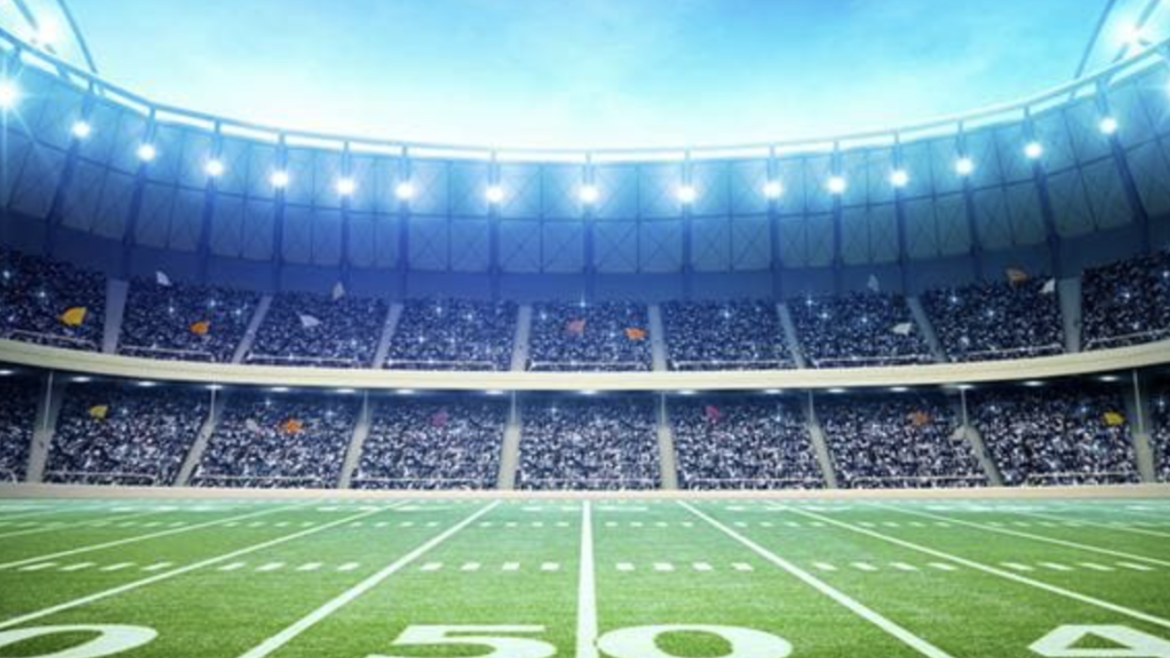In the world of sports and entertainment, stadiums serve as grand stages for remarkable performances and unforgettable experiences. To ensure these venues shine brightly during day and night events, advanced lighting solutions are crucial. One of the most significant advancements in stadium lighting is the adoption of LED stadium lights.
In this comprehensive guide, we will delve into everything you need to know about LED stadium lights, from their advantages to their applications led stadium lights have transformed the way sports arenas are illuminated, offering energy efficiency, longevity, and superior illumination quality.
From outdoor stadiums to indoor arenas, these advanced lighting solutions have found extensive applications across various sports venues. When choosing LED stadium lights, consider factors such as lumen output, beam angle, CRI, and durability to ensure optimal performance.
Advantages of LED Stadium Lights
LED stadium lights offer numerous advantages that have made them the preferred choice for stadium operators and sports organizations. Let’s explore some of the key benefits:
Energy Efficiency and Cost Savings
LED stadium lights are highly energy-efficient, converting a larger portion of energy into visible light and minimizing wastage as heat. This efficiency translates into substantial cost savings on electricity bills for stadium operators, making LED lights a sustainable and budget-friendly choice.
Superior Illumination Quality
LED stadium lights provide consistent brightness and even distribution of light across the playing field. They eliminate dark spots and glare, ensuring optimal visibility for players and spectators alike. The enhanced illumination quality enhances the overall sports experience, allowing fans to fully immerse themselves in the action.
Longevity and Reduced Maintenance
LED stadium lights are built to last, boasting a much longer lifespan compared to traditional lighting options. With a typical lifespan of 50,000 to 100,000 hours or more, LED lights require less frequent replacements, reducing maintenance efforts and costs for stadium operators.
Instant On/Off and Dimmable Capability
LED stadium lights offer instant illumination, eliminating the need for a warm-up time. This feature is especially advantageous during sporting events with unpredictable schedules or weather delays. Additionally, LED lights can be easily dimmed, allowing for dynamic lighting control to suit different events and activities.
Applications of LED Stadium Lights
LED stadium lights find applications in various sports venues, including outdoor stadiums, indoor arenas, and multi-purpose sports complexes. Here are some key applications:
Outdoor Stadiums
Outdoor stadiums benefit from the robustness and durability of LED stadium lights. These lights can withstand harsh weather conditions and provide consistent illumination for night games and events.
Indoor Arenas
Indoor sports arenas require precise lighting to optimize player performance and spectator experience. LED stadium lights’ directional lighting and dimmable capability make them an ideal choice for indoor sports venues.
Multi-Purpose Sports Complexes
Many modern sports complexes host a diverse range of events, from sports competitions to concerts and exhibitions. LED stadium lights’ flexibility allows for seamless adaptation to different lighting requirements, making them suitable for multi-purpose venues.
How to Choose the Right LED Stadium Lights
Selecting the right LED stadium lights is essential to ensure optimal performance and maximum benefits. Consider the following factors when making your decision:
Lumen Output and Beam Angle
Lumen output determines the brightness of LED stadium lights, while the beam angle affects the light’s distribution. Choose lights with appropriate lumen levels and beam angles to achieve a uniform and adequate illumination across the playing field.
Color Rendering Index (CRI)
The Color Rendering Index measures how accurately LED lights reproduce colors compared to natural light. For stadiums hosting televised events or performances, a high CRI is crucial to ensure accurate color representation.
IP Rating and Durability
Outdoor stadiums require LED lights with a high IP rating to withstand exposure to dust and water. Additionally, durable materials and construction ensure the lights can endure the rigors of the sports environment.
Lighting Design and Expertise
Consulting with experienced lighting designers can optimize the lighting layout and design to create the best lighting solution for your stadium. Lighting experts can also ensure compliance with lighting standards and regulations.
Conclusion
As technology continues to advance, LED stadium lights will undoubtedly play a central role in creating captivating and unforgettable experiences for athletes and spectators alike. Embrace the power of LED stadium lights to elevate your stadium’s lighting to new heights and make your events shine brighter than ever before.
